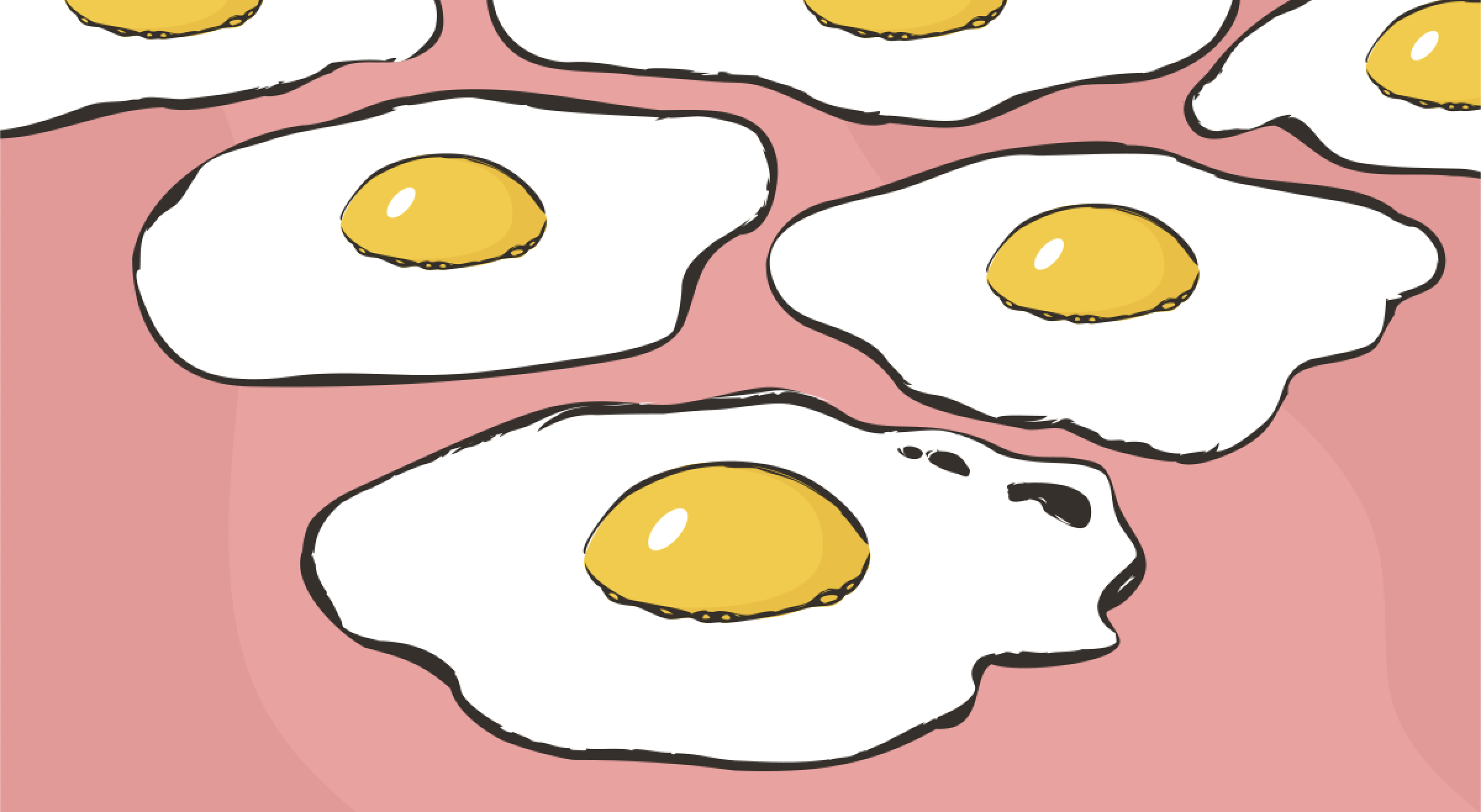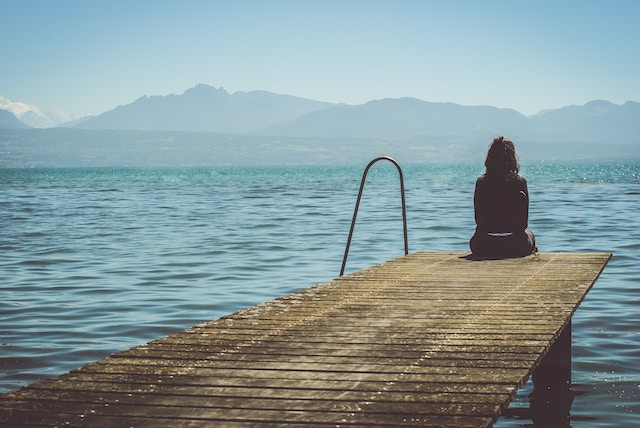1. Have a green smoothie
I wouldn’t necessarily recommend a liquid breakfast every day, as chewing our food triggers stomach acid production which encourages optimal digestion, however, you can’t get much more efficient than throwing a few ingredients into a blender and blitzing them up. It’s also a great way to get some greens into your morning as many people wouldn’t start eating vegetables until later in the day. Ideally you would have around 2-3 serves of vegetables such as spinach, kale, zucchini or cucumber and ½-1 serve of fruit such as banana or berries. To make the smoothie more satiating, add a handful of nuts and/or some avocado, both good sources of whole food fat and full of other helpful nutrients. You might like to try this berry energy smoothie.
2. Make a frittata
One of the great things about a frittata is that you make a whole batch which you can then eat over a few days. Eggs are a wonderful source of protein and many other important nutrients such as B-group vitamins, choline, vitamin A and vitamin E, plus they contain some iron. Eating eggs in the morning can help sustain you for longer and if you add some nourishing greens to the mix you’ve got a clear breakfast winner when it comes to nutrient-density! Try this Extra Green Frittata from my Real Food Chef cookbook and video series. It provides about 6-8 serves. Have more mouths to feed? Just double the recipe.
3. Eggs and avo on (good quality) toast
Staying on the eggs train for a little longer, eggs take around 3-6 minutes to cook so even if you were to make them each morning, they’re not a time-consuming meal. If you prefer something a little more ‘breakfasty’, two poached eggs on a good quality piece of organic sourdough or gluten free toast with some avocado is a delicious and nourishing choice. Add a handful of baby spinach for a greens hit.
4. Dinner leftovers
Who says you need to have ‘breakfasty’ things for breakfast? In Japan, for example, they have foods like rice, miso, pickled vegetables and fish for breakfast—things that are very similar to what they eat at other meals as well. If nourishment is the priority, it doesn’t matter if what you choose for your meals is a little out of the box. Dinner leftovers can be an easy reheat and high in nourishment to start your day.
5. Chia pudding
Homemade chia pudding can be a good alternative to packaged cereals or store-bought muesli if you’re looking for a less savoury breakfast option. A great option if you are short on time in the mornings – take a couple of minutes to mix one up at night before bed, pop it in the fridge and it will be ready to eat in the morning! Chia seeds are an excellent source of fibre, and they also contain nourishing omega-3 fats and some protein. Mixed with liquid, they take on a jelly-like consistency as they set, not dissimilar to rice pudding. You can use water or a milk of your choice, such as unsweetened rice, almond, coconut or oat milk. Add a spoonful of good quality unsweetened dairy or coconut yoghurt, a handful of nuts and seeds and a serve of fruit (such as berries) and you’ve got a delicious yet nourishing start to the day.



